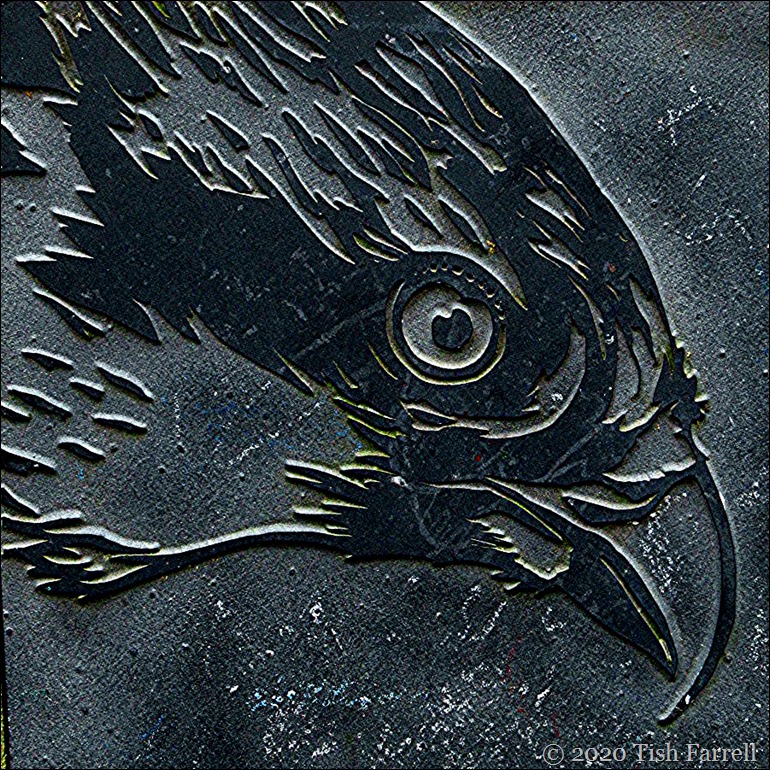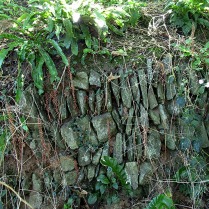
Ironbridge Power Station has run out of steam, its huge cooling towers presently stark monuments to the era of dirty energy, an era that kicked off in this very valley, the Ironbridge Gorge, where in millennia past the River Severn turned its back on the north and, turbo-charged by glacial melt-water, drilled its way through inconvenient uplands and headed south, thereby exposing strata whose properties ingenious humankind would one day find well suited to industrial enterprise.
Limestone. Ironstone. Coal. Fire and brick clay. These were the materials revealed by Severn’s pre-emptive workings. They provided the means for the building and fuelling of blast furnaces. The first iron works in nearby Coalbrookdale were run by monks and lay workers of Wenlock Priory. After the Dissolution of the Monasteries in 1540, there was a massive sell-off of monastic land and facilities around the Gorge to London merchants and get-rich-quick gentry all keen to make iron; or mine coal; or extract natural bitumen that also occurs here.
The Gorge and its tributary valleys were, in their way, covert places, and later proved attractive locations for 17th century iron masters set on pioneering new technologies: coke-fired casting; fine boring of cannon; trialling of new materials in new constructions that would astonish the world and change it and us forever.
But back to the power station that now no longer burns trainloads of coal to feed the national grid. It sits on a floodplain at the head of the Gorge, a World Heritage Site no less, the Ironbridge Gorge. A local lordly landowner once observed to me that the discharges of warm water from the cooling towers heated up the river along his stretch of bank by one degree, thus ruining his salmon fishing; the salmon, he said, did not care for warmth and rushed on by. To his credit his lordship did not seem too bothered. At least for now the river is subject only to natural forces when it comes to temperature.
Soon the demolition teams will move in, and trainloads of furnace ash will be shipped out along with countless tons of strategic reserves of gravel which happen to occur on the site. And down will come the four cooling towers – and what a sight that will be. Then the plan is to build 1,000 homes and create a business park to create thousands of jobs, and all beside a river with a history of monumental flooding, and on a site with all manner of embedded pollutants, and in a geographical cul de sac with only two narrow lanes either side the river by which to access the outside world. The head of our local authority that is championing the scheme is on record saying that he won’t let considerations of climate emergency get in the way of the county’s need for economic growth.
It takes one’s breath away – this Age of Bonkers!
Line Squares #23

















































